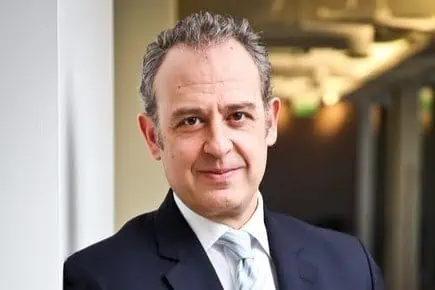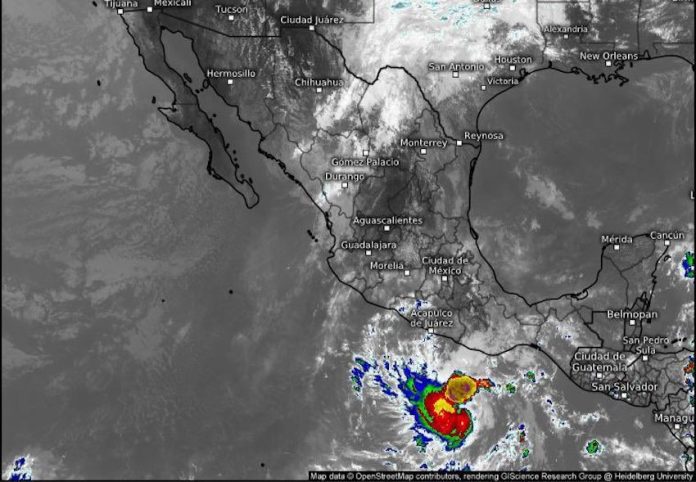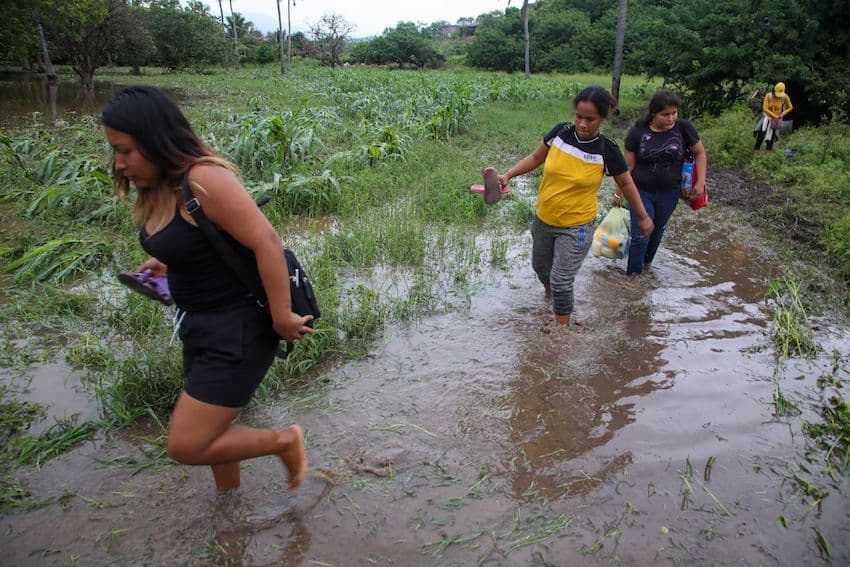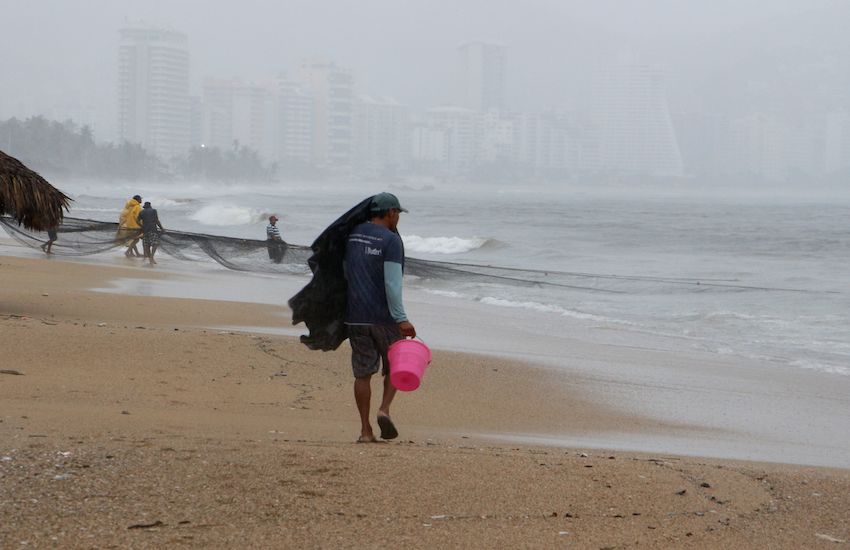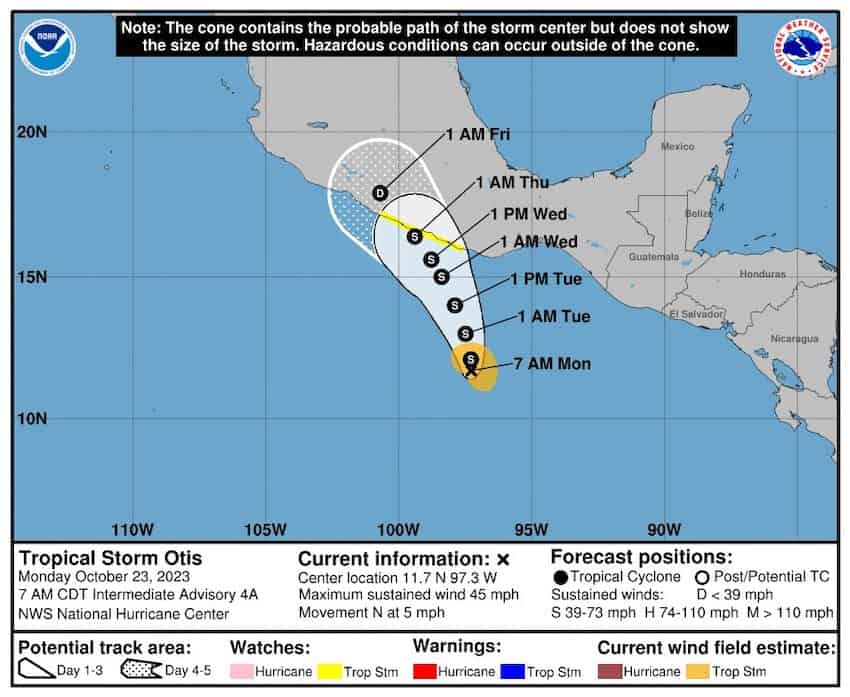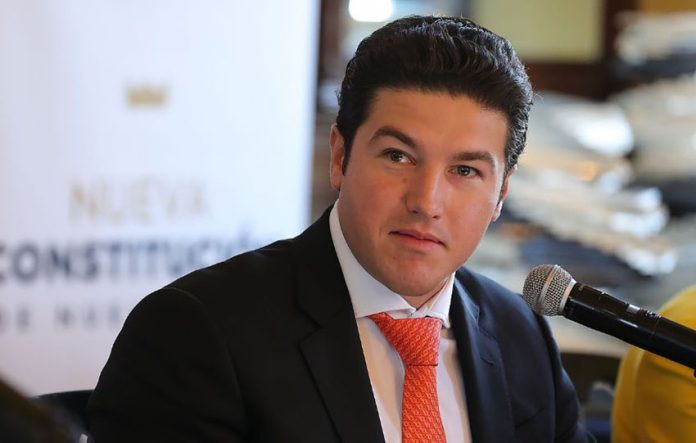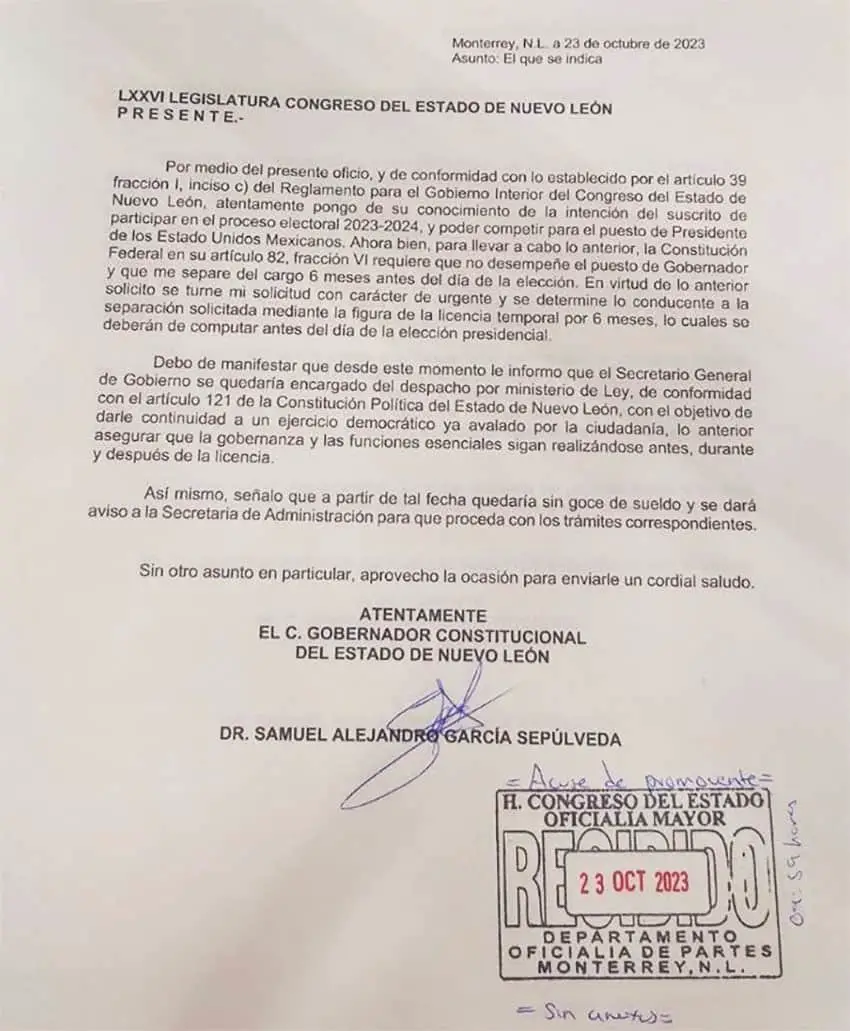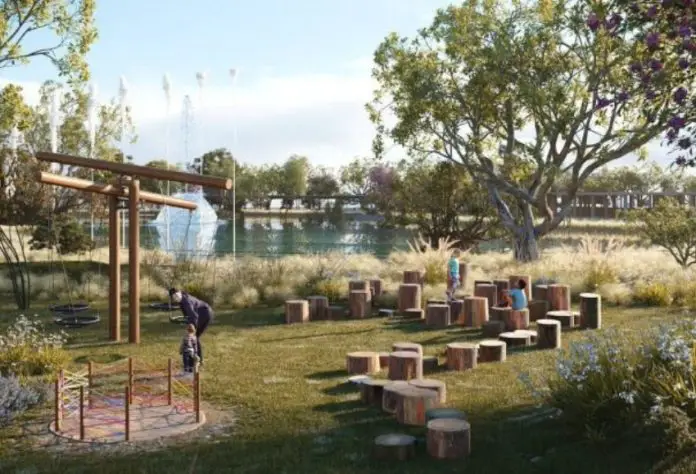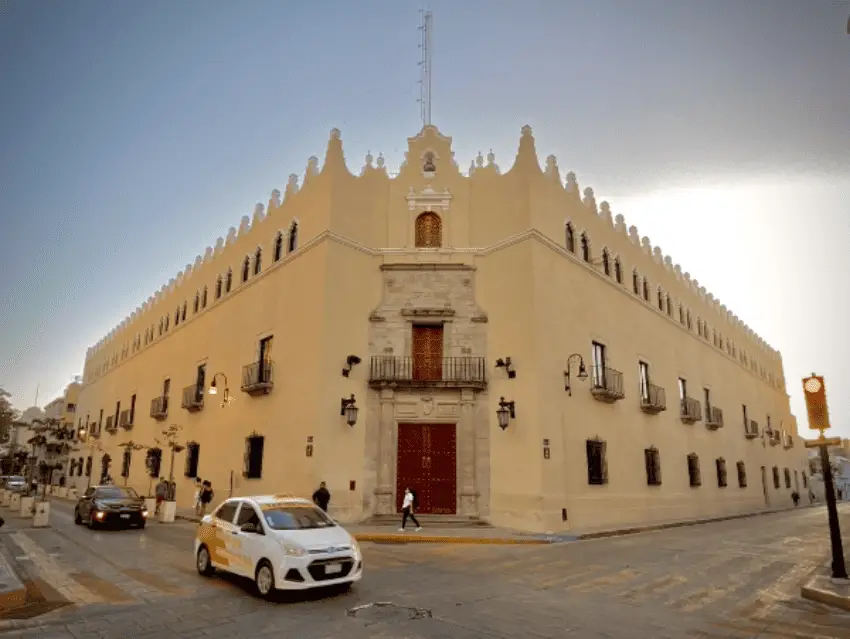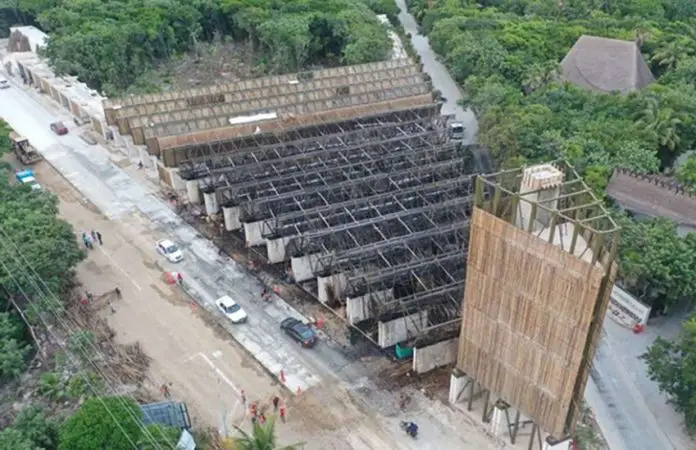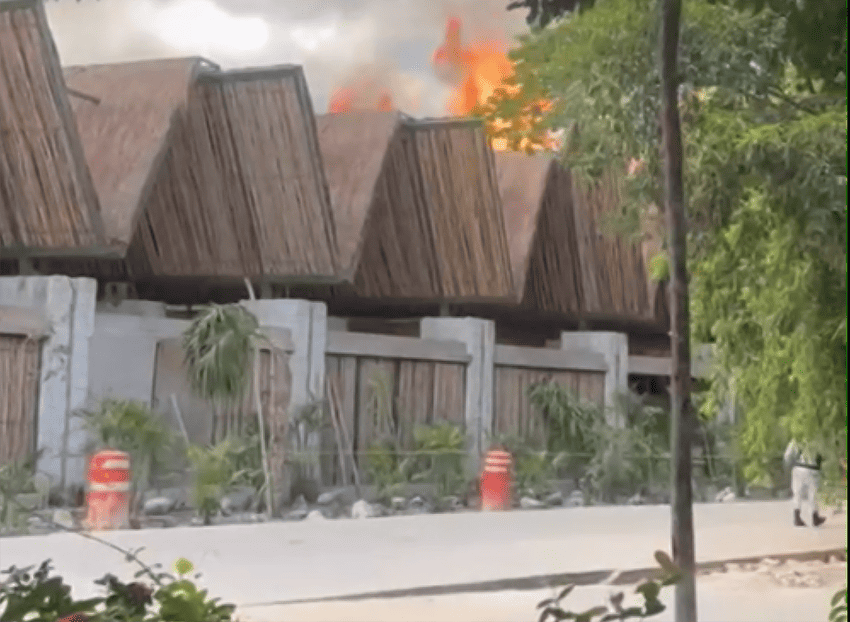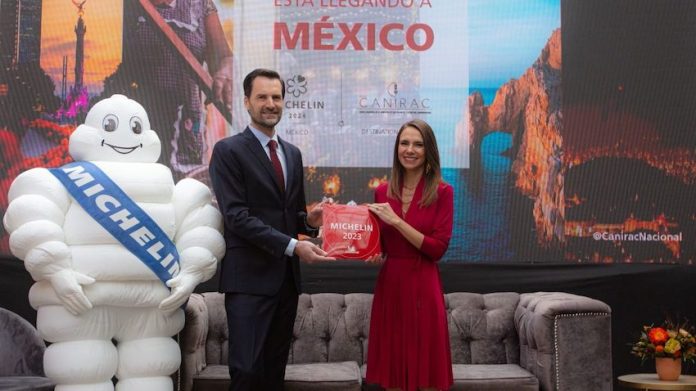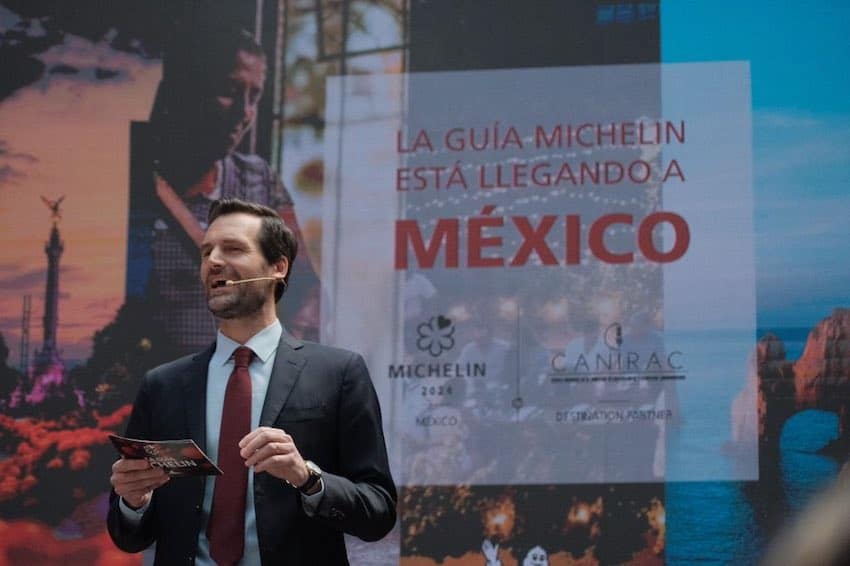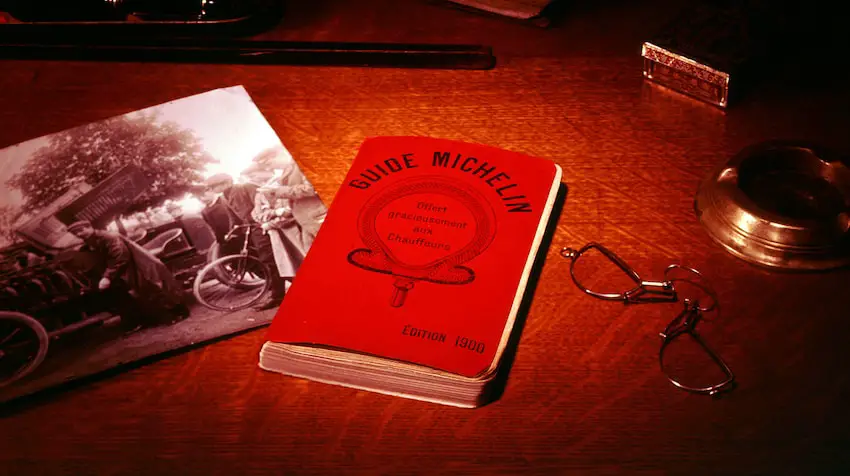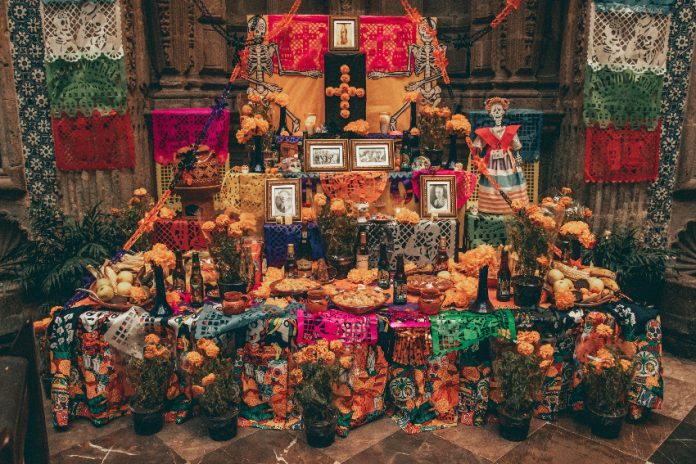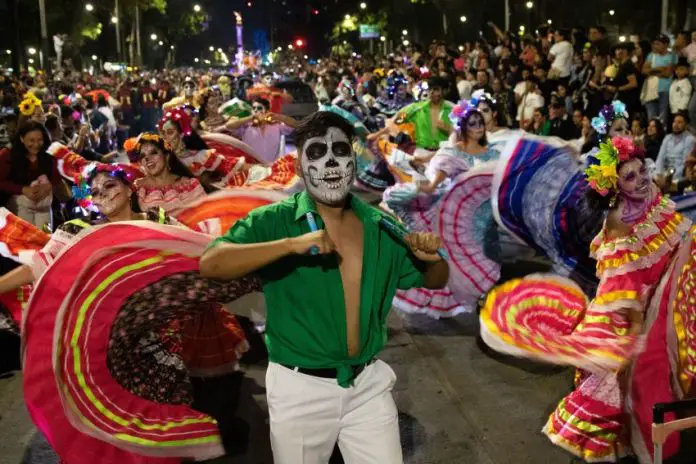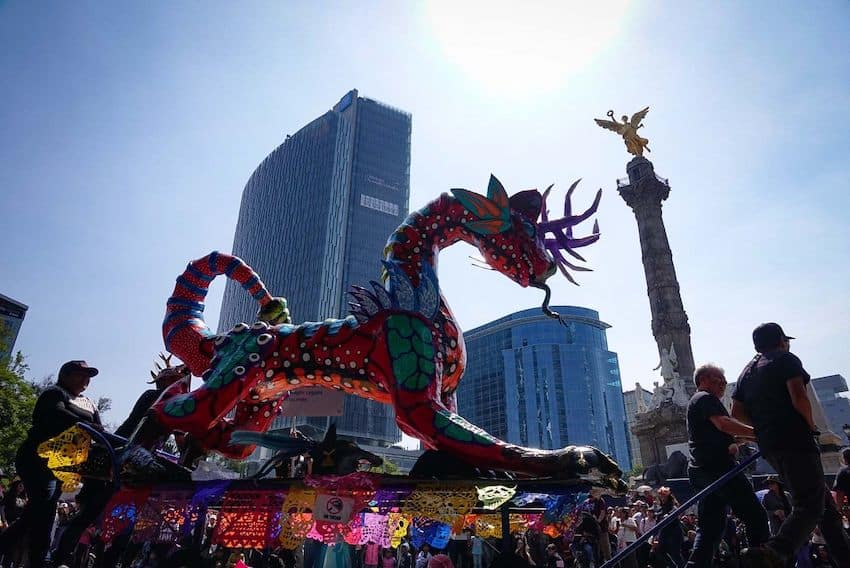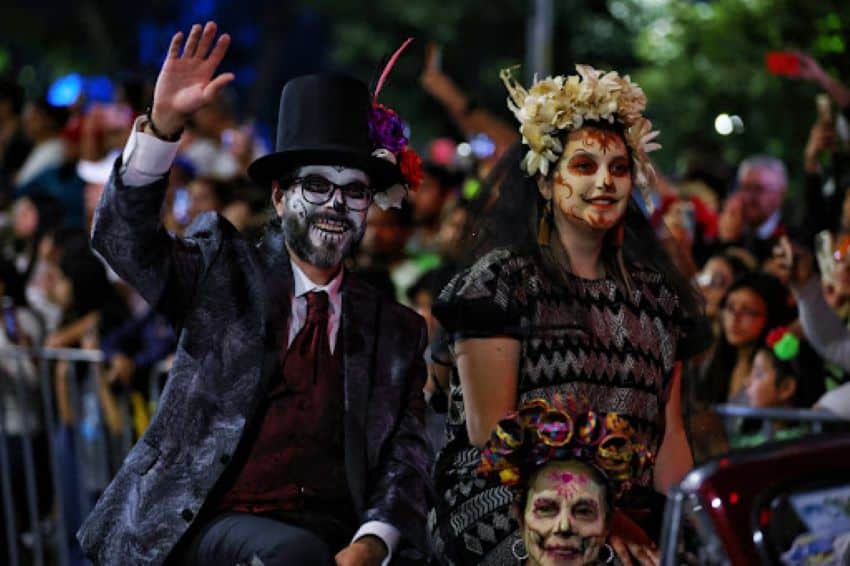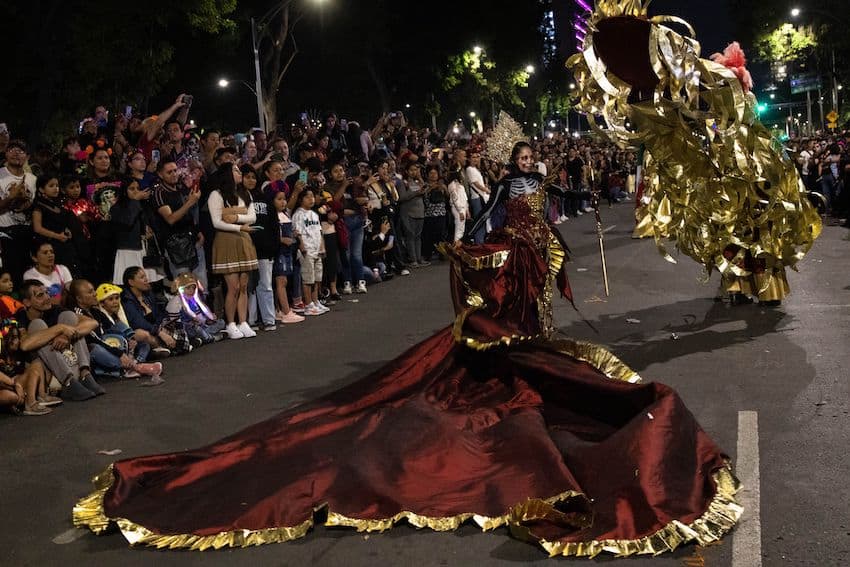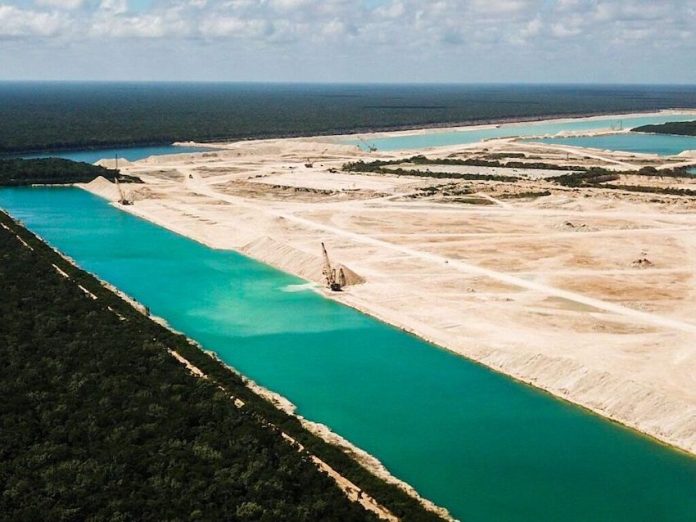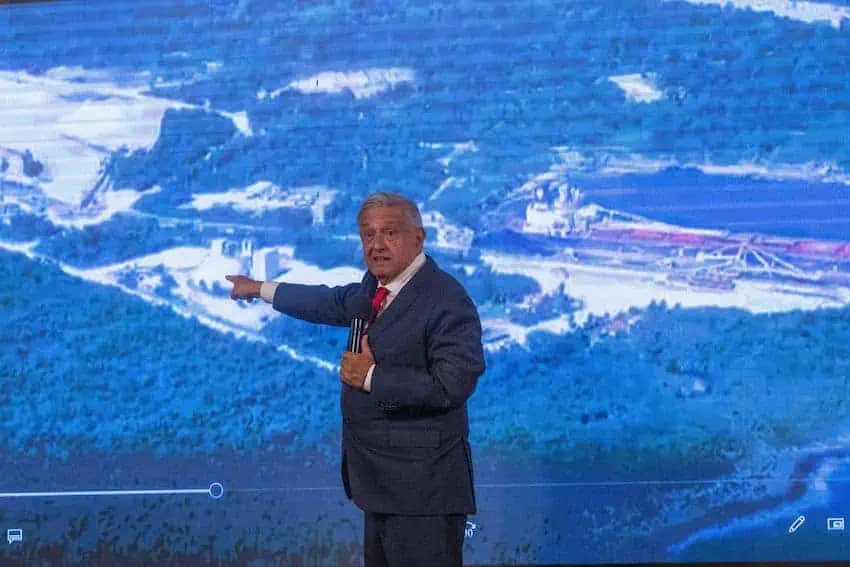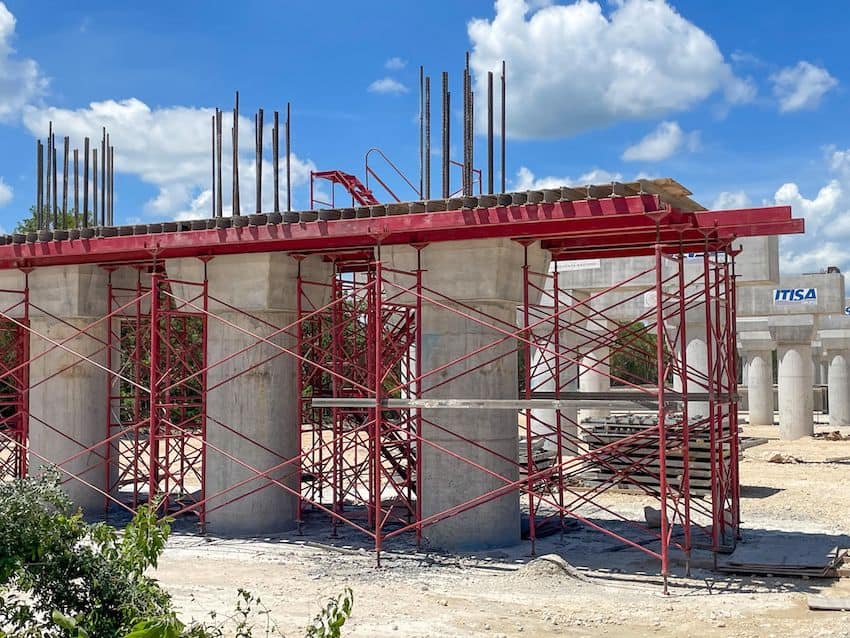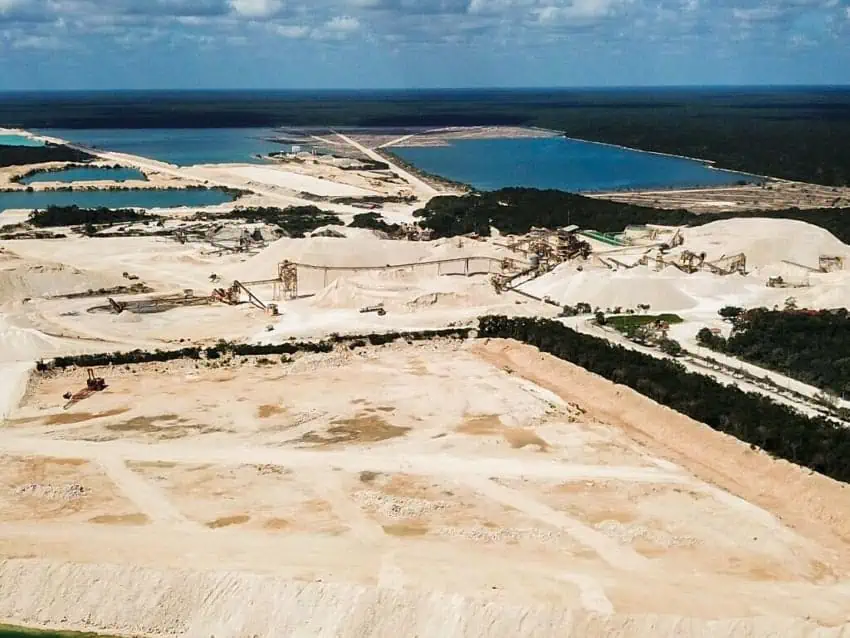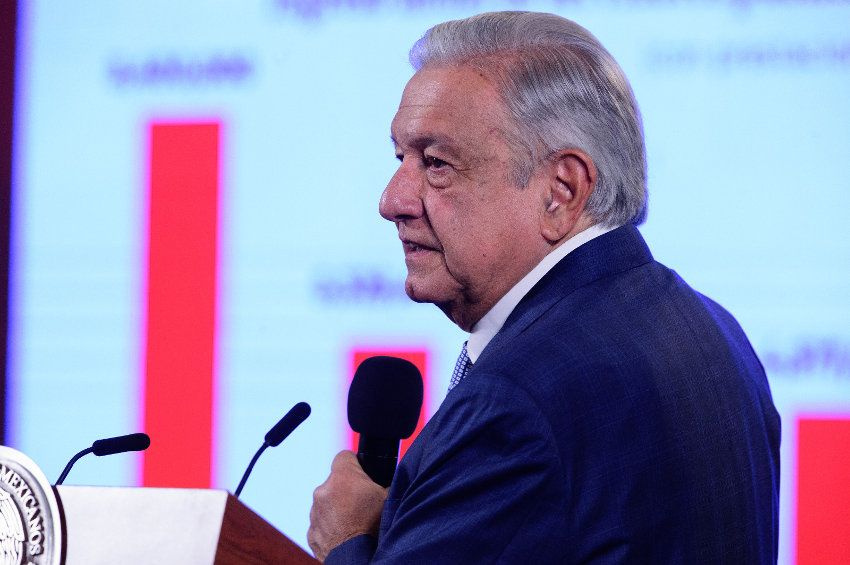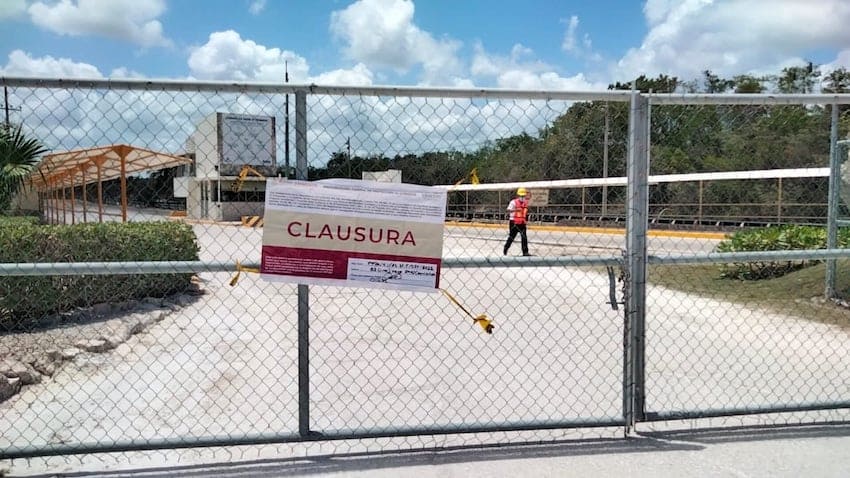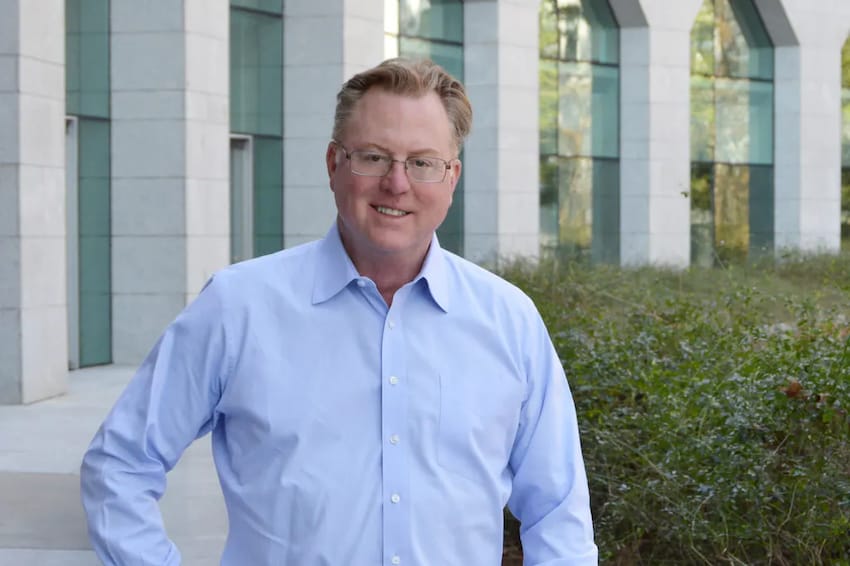Get a comprehensive insider’s take from Mexico News Daily’s new opinion columnist, who has 30 years of diplomacy experience, about Mexico’s rising place on the world stage.
The grandson of Catalan and Armenian refugees in Mexico, Arturo Sarukhan has had a distinguished education and career, serving as Mexico’s ambassador to the U.S. (2007-2013), at the forefront of international strategic decisions in advisory roles in both Mexico and the U.S.
Currently based in Washington, D.C., he writes about international issues in a biweekly column for El Universal newspaper, contributes op-eds in U.S. media, and has a weekly radio show on Enfoque Noticias and a program on Milenio TV in Mexico. He was also included on the list of global leaders published by Monocle magazine, and was on “The 300 Most Influential Mexican Leaders” list of Líderes Mexicanos magazine for five years.
What makes your point of view unique as an expert on Mexico-U.S. relations?
I have spent most of my academic and diplomatic life dedicated to understanding and studying the US and, as an emissary, seeking to turn the Mexico-U.S. relationship into a true strategic association for both peoples and nations.
Why are you so passionate about Mexico-U.S. relations?
No two nations are so singularly relevant to each other’s wellbeing, prosperity and security than Mexico and the US. And we will succeed or fail as nations together.
What excites you about Mexico’s rising visibility & prominence on the global stage?
The sheer potential, particularly when you put it in the context of North America’s promise as a region in the 21st Century. But I am nonetheless concerned about Mexico’s global prominence due to important mistakes and miscalculations in the international arena by the current Mexican government.
How do you hope the world sees Mexico differently in the coming 1-2 years?
That the real strength and resilience of Mexico lies in its people. The country has significant and real challenges, no doubt about that, and the country, its institutions and its people need to tackle them head on. And it will always face a tension between continuity -with its history, traditions, identity- and change, as it continues to modernize and hopefully take advantage of the once-in-a-generation opportunities that lie ahead, particularly in the North American space.
Why is it important that people living in Mexico follow the U.S. presidential election?
The U.S. is Mexico’s number one trading partner, with US$1.5 billion dollars of trade per day going in both directions, we have a 3,000 km contiguous land border, there are 37.2 million people of Mexican origin living in the US. And because contrary to Las Vegas, what happens in the U.S. doesn’t stay in the U.S.! Should I go on?
Why is it important that people globally follow the Mexico presidential election?
As the 13th largest economy in the world today and poised to be the 7th by 2050 (if it, of course, makes the right policy decisions), Mexico will face a critical and stark choice; to double down, or to correct course and pull a U-turn on a number of public policies issues that will ensure that Mexico stops punching below its weight in the international arena and meets its true potential.
What inspired you to contribute to Mexico News Daily?
It has a fresh and forward-leaning approach in explaining Mexico to the world, and it is nimble, lean and hungry to make an impact in terms of how Mexico is viewed and understood among English-speaking and international audiences.
Why do you recommend that someone read Mexico News Daily?
Mexico is certainly not for beginners. So it’s one-stop-shopping for anyone interested in a whole-of-Mexico approach to the country, and it is driven by a genuine and deep mission to translate Mexico — and all things Mexico — to international and in-country expat audiences.
What are you most optimistic about for Mexico in the coming year?
Geography (despite the wishes of some on either side of the US-Mexico border, you can’t press Control Alt Delete and make one or the other country disappear) is destiny; the resilience of its institutions; and the huge potential of its people.
Why should people globally spend time in Mexico, or spend time learning about Mexico?
Well, I am most likely not going to be objective here, but as one of the millennial cultures in the world, it is one of the most fascinating, culturally and historically significant, rich and biodiverse nations on the globe.
Where are your favorite places to visit in Mexico and why?
Mexico City, for any art and architecture lover and foodie is a must, but I have a weak spot for both the city and state of Oaxaca. It is a microcosmos of the nation at large.
If you could describe your career in two words, what would they be and why?
Rule-breaker; combative. I suffer those who address any challenge or problem with the phrase “that’s not the way things have been done”, and have always fought for what I believe in.
Do you have a favorite quote or mantra?
Maybe two: ‘Be vulnerable, be courageous, and find comfort in the uncomfortable’.
And, ‘You only fail when you stop trying’.
Hear from Ambassador Sarakhan in his upcoming regular opinion column on Mexico-U.S. relations for Mexico News Daily. Don’t miss his take as an expert at the forefront of Mexico’s progress on the international stage – starting Tuesday, Oct. 24.
